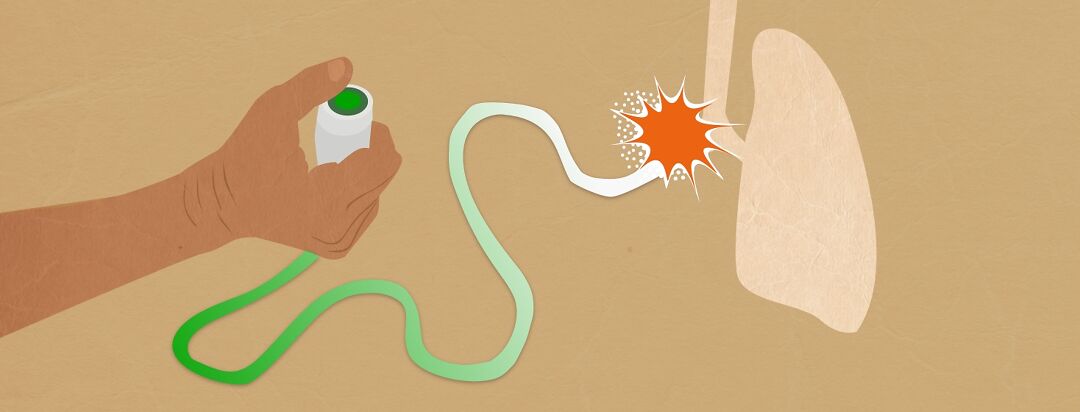Managing the Pain After a Lobectomy
Having a lobe removed is a very painful process that requires one to be very patient about the time it takes to recover. From the surgery to the months during recovery, I was given various forms of pain relief that never got rid of the pain but certainly helped get me through the process.
My thoracotomy experience
My surgery was a thoracotomy, so my surgeon made a long incision in my chest wall between my ribs to get to my lung.1 I also had a chest tube that was in place for 7 days to drain fluid. During the week I was in the hospital, I had an intravenous morphine drip for the pain all week, where I was able to control when I could get a dose.2 It helped, but it was set on a timer, so I could only get a small dose every 5 minutes or so. I remember pushing the button constantly because the pain was so intense, but only getting the dose when the timer allowed. I was also given daily portable chest X-rays at beside, and chest physiotherapy, where a nurse claps on your back to help with drainage, which was painful. Finally, the removal of the chest tube was excruciating. Picture ripping a garden hose out of your chest. Needless to say, it was a long week! But morphine is so strong, I know it helped me tremendously get through the week. I can’t even imagine what it would have been like without that medicine.
Taking it one hour at a time
Going home from the hospital I was given strong narcotics Percocet and Vicodin for pain. The ongoing pain was basically the rib damage and the incision and the area where the chest tube was placed. But again, it helped dull the pain but didn’t make the pain go away. Lying in bed, even having my wife sit on the other side of the bed caused pain – I had to sit perfectly still. But this also gave me time to gain mental strength to tolerate the pain. For me, it was thinking in small time frames. Instead of thinking about tomorrow and getting through today, I started thinking in terms of hours; “I can’t get to tomorrow until I get through today, and I can’t get through today until I get through the next hour.” Plus, I believe that I started to understand how lucky I was that my cancer had not spread to my lymph nodes. In the first weeks after I got out of the hospital and started to feel a little better, I told myself this was a small price to pay -- I can deal with the pain because it could have been much worse.
Managing the pain
Months after the surgery, and after my ribs and incision had healed, I was having ongoing nerve pain in the area of my incision and about 4 inches on either side. I tried taking over-the-counter pain medication but it didn’t help. I was prescribed Tylenol with codeine, and that also did not help. Finally, my primary care doctor advised me to go to the Pain Clinic at the hospital. I was prescribed Neurontin, an old seizure disorder medicine that was given off-label for pain. Wow, it worked! It’s amazing because it’s unlike the strong narcotic medicines I had taken. It gave me no effect of feeling pleasure (or getting high). It simply made the pain go away.
Managing post-surgery nerve pain
I highly recommend that if you find yourself with post-surgery nerve pain, you ask for Neurontin! I still have some discomfort sometimes, many years later, when I lay on my left side and have numbness around the incision. But I always remind myself that it’s a small price to pay. Take it one day at a time, and be patient with the process.

Join the conversation